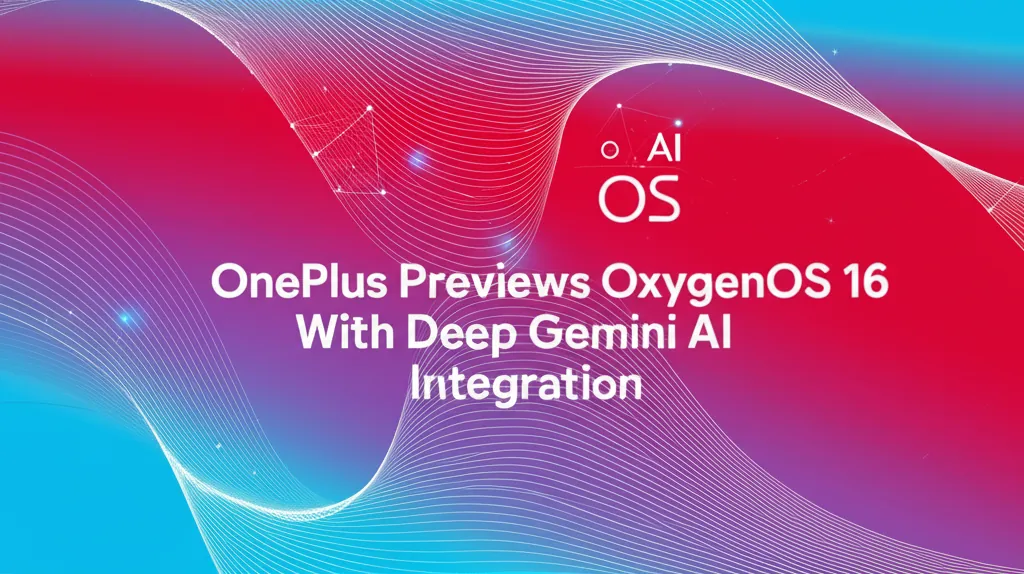Developer Offer
Try ImaginePro API with 50 Free Credits
Build and ship AI-powered visuals with Midjourney, Flux, and more — free credits refresh every month.
Panasonic AI Learns To Perfect Its Own Images
In a significant leap for artificial intelligence, Panasonic, in collaboration with researchers from UCLA, has developed a groundbreaking image generation technology called Reflect-DiT. This innovative system empowers an AI to review its own creations, identify flaws, and improve them in real-time—all without costly and time-consuming retraining.
The Challenge with Modern AI Image Generation
In recent years, AI-powered image generation has become incredibly sophisticated, thanks to training on massive datasets with large-scale models. However, this progress comes at a steep price. The process demands enormous computational power and significant training time, creating a major hurdle for developers. The common workaround has been to generate a vast number of images, sometimes thousands, and then manually or automatically select the best one. This "Best-of-N" approach is inefficient and highlights a core limitation: the AI couldn't learn from its mistakes during the generation process itself.
Introducing Reflect-DiT A Self-Reflecting AI
Reflect-DiT changes the game by introducing a novel feedback loop. Instead of just generating an image and moving on, the AI now gets to reflect on its work. The system uses a visual-language model (VLM) to compare the generated image against the initial text prompt. The VLM then identifies areas for improvement and describes them in plain text. This text-based feedback is fed directly back into the image generation AI, guiding it to create a better version in the next attempt.
This creates a powerful, automatic improvement cycle where the AI essentially critiques its own output and learns on the fly.


Proving Its Mettle Impressive Results
To measure its effectiveness, researchers pitted Reflect-DiT against the standard "Best-of-20" method. The goal was to see which system could more accurately generate images based on specific prompts, including the correct number of objects (Count), their attributes (Attribution), and their positions (Position). The results were clear: Reflect-DiT demonstrated significantly higher performance across all metrics.
Even more impressively, the study found that Reflect-DiT could achieve a comparable level of quality with approximately one-fifth the number of generations. This represents a massive leap in efficiency, saving both time and computational resources.

What This Means for the Future
This technology isn't just an academic breakthrough; it has tangible real-world applications. For example, in Panasonic's housing business, this method could be used to create catalogs of home layouts and lighting designs. Sales representatives could easily edit and refine these designs on-site with customers, dramatically improving operational efficiency. As a testament to its advanced nature, Reflect-DiT has been accepted for presentation at the prestigious IEEE/CVF International Conference on Computer Vision (ICCV) 2025.
Panasonic continues to accelerate the implementation of AI, focusing on research and development that enhances customers' lives and workplaces.
Dive Deeper
- Read the full research paper: Reflect-DiT: Inference-Time Scaling for Text-to-Image Diffusion Transformers via In-Context Reflection
- Explore Panasonic's other AI innovations on the Panasonic × AI website.
Compare Plans & Pricing
Find the plan that matches your workload and unlock full access to ImaginePro.
| Plan | Price | Highlights |
|---|---|---|
| Standard | $8 / month |
|
| Premium | $20 / month |
|
Need custom terms? Talk to us to tailor credits, rate limits, or deployment options.
View All Pricing Details

